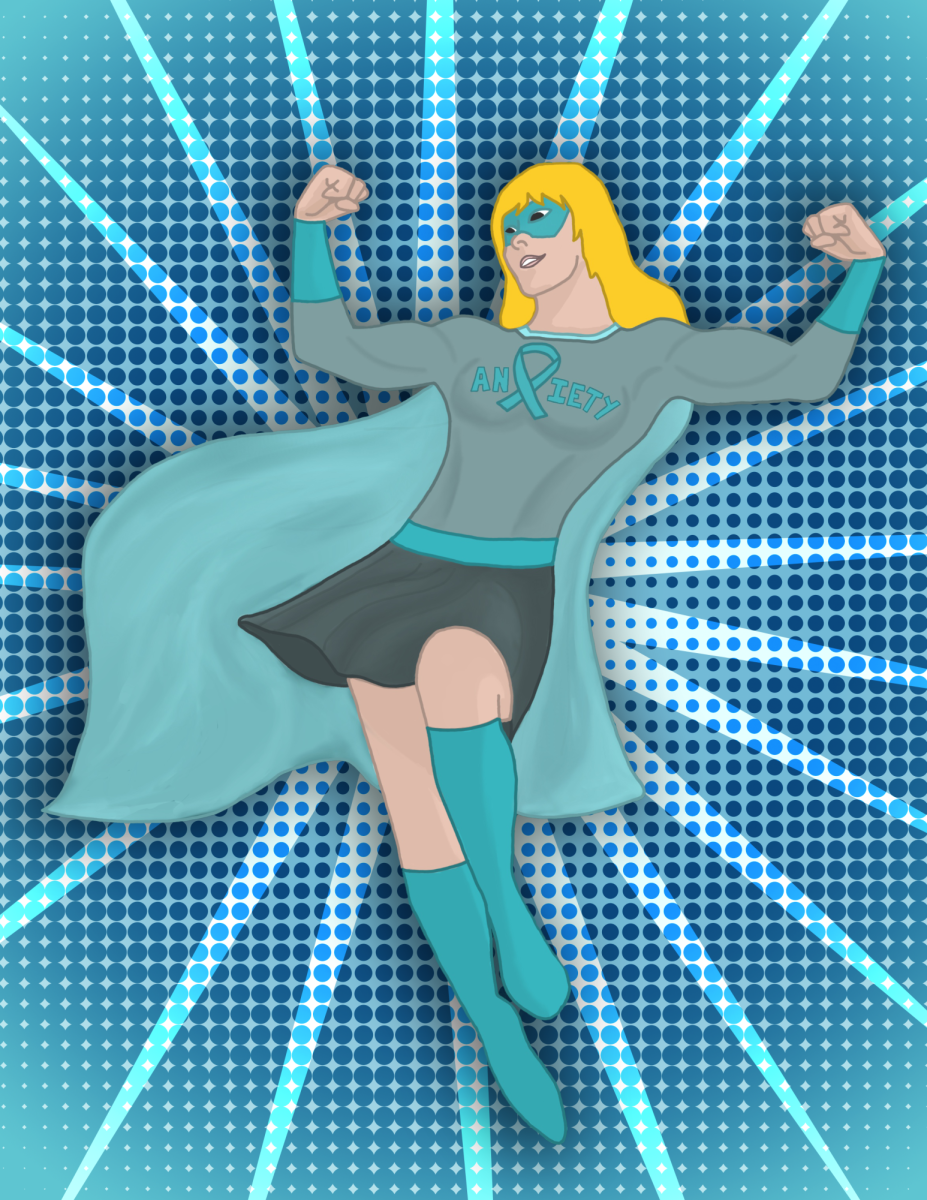Continuing its quest to bring further diversity to film, Disney released “Raya and the Last Dragon” with inspiration from Southeast Asia’s rich cultures. The film follows Raya, a young heroine and keeper of the Dragon Gem, on her journey to restore her world and banish the shadowy Druun by finding the last dragon, Sisu.
Following a war with the Druun, a vicious plague of shadow and magic that turns living beings to stone, the land of Kumandra is left fractured and hostile as humanity vies for the source of their salvation, the Dragon Gem. The Gem, currently held by the Kingdom of Heart, is thought by the other kingdoms to grant prosperity, and they desperately want it. When Raya’s ba, or father, Benja tries to reunite the kingdoms, the plan goes horribly awry, leaving the Gem shattered, the Druun free and Raya more distrustful than ever.
Trust is the film’s ultimate message. The kingdoms see each other as enemies, and almost everyone in the movie is ready to stab others in the back to help themselves. At least, that’s the way it seems. When Raya finally finds Sisu, the last surviving dragon from the war, Sisu’s desire to befriend people challenges her. Raya knows people can’t be trusted, but Sisu believes maybe the world is broken because people don’t trust each other. Someone has to take the first step, she says, if relations are to be repaired. Though Sisu herself falls prey to the division of the world, she is able to look past these events and connect with others. Raya begins to follow, and soon they are able to find common ground for all: Everyone has lost loved ones to the blight of the Druun. All are touched by the brokenness of the world. It is a truth that can be felt keenly by any viewer, as our own world is much the same. For the characters in “Raya and the Last Dragon,” they find the key to truly saving their world lies in unity, and all that’s needed is someone taking that first step.
While the film can resonate with anyone, “Raya and the Last Dragon” is of particular importance for people of Southeast Asian descent. Qui Nguyen, the Vietnamese-American who co-wrote “Raya” with Malaysian filmmaker Adele Lim, says he is excited for the opportunity this film creates for his sons, where they “don’t have to trade skins to see themselves as [the characters].” The Verge writer Justine Calma explains how she finally feels seen as a Southeast Asian and appreciates the plethora of cultural aspects used to make the film, listing numerous examples herself. Kelly Marie Tran and Awkwafina, who voice Raya and Sisu, respectively, have stated that in light of the recent increase in hate crimes against Asian-Americans in the last year, they hope the film will be something their community can find joy in and be proud of, as well as spark change and “show that it is possible to be represented in these [Disney] movies.”
There is far more that can be said about “Raya and the Last Dragon” than is possible in a single article. It is a groundbreaking and much needed addition in the fight for diversity in film. Not only that, but it is a well-made film, too. With a relatable cast of characters, mesmerizing art and themes so universally resonant, “Raya and the Last Dragon” is relevant as well as fun and is not to be missed out on.
“Raya and the Last Dragon” is groundbreaking yet accessible
March 8, 2021
Photo by via imdb.com
Disney’s newest film “Raya and the Last Dragon” hit theaters and became available to stream on Disney+ as of March 5.
0
Donate to The Battalion
$1765
$5000
Contributed
Our Goal
Your donation will support the student journalists of Texas A&M University - College Station. Your contribution will allow us to purchase equipment and cover our annual website hosting costs, in addition to paying freelance staffers for their work, travel costs for coverage and more!
More to Discover
















